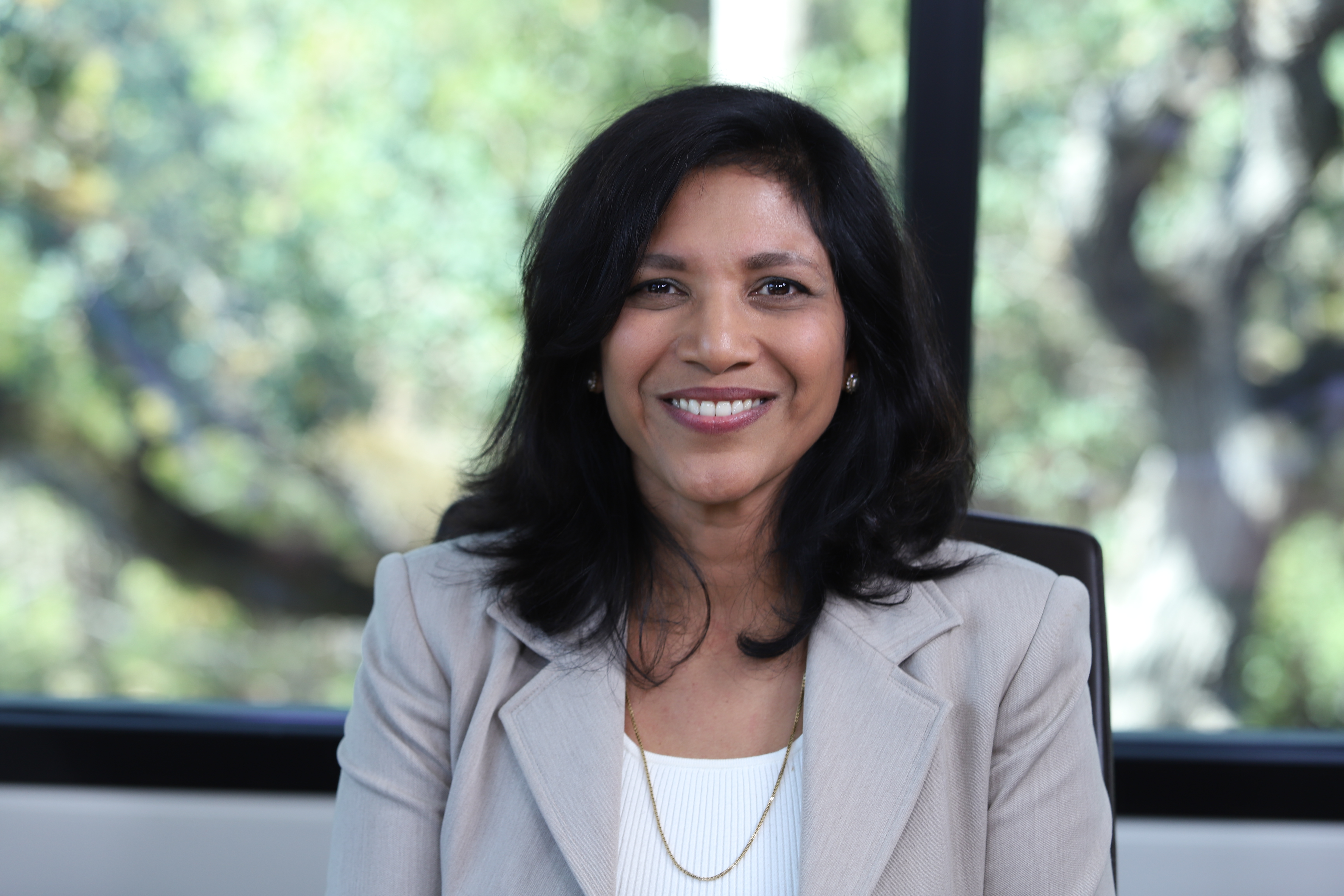 BIG DATA
BIG DATA
 BIG DATA
BIG DATA
 BIG DATA
BIG DATA
Female engineers are an exclusive group. In the United States, just 19.7% of the class of 2016 were female engineering majors, and worldwide figures are no higher. But minority status doesn’t indicate probability of failure.
Female engineers wield influence in companies across Silicon Valley and the world. However, no matter their level of success, girls and women who love the challenge of engineering may always feel they are battling the odds.
“As a young undergraduate student in India, I was one of six girls in a class of about 50,” said Tara Vaishnav (pictured), vice president of digital technology, innovation and advanced analytics at The Clorox Co. “I have continued to stay in the minority throughout that career.”
Vaishnav spoke with John Furrier, host of theCUBE, SiliconANGLE Media’s mobile livestreaming studio, during the Mayfield People First Network event in Menlo Park, California. They discussed Vaishnav’s career path and her advice to young people who want to become engineers (see the full interview with transcript here).
This week, theCUBE spotlights Tara Vaishnav in its Women in Tech feature.
Being a woman and foreign-born might have been two strikes against Vaishnav when she arrived in the United States. But her love of data was to prove her golden ticket.
“I was fortunate in that I decided that data was where it was at right from the beginning of my career,” Vaishnav stated. “I had a software-engineering background but really felt the power of data to change things.”
Armed with her bachelor’s degree in electronics and communication, Vaishnav followed her dreams to the U.S. She graduated with a master’s of science degree in computer engineering from the University of Southern California, and she started her career working in healthcare and life sciences.
Her knowledge of data and analytics gave her the advantage of understanding how the rise of cloud technologies would impact data analysis and change the face of the industry.
“Once big data and the marriage of the cloud started to happen, it started to open up doors, break down organizational silos,” she stated. “The potential business value that could be unlocked became obvious.”
Applications have always generated data, but before the cloud, data was sort of “coming along for the ride,” Vaishnav explained.
The tipping point was when cloud-based technologies became enterprise ready, according to Vaishnav. “The things that you could do with data and the way that you could get insights from data really took on a life of its own,” she stated.
The potential business value of big data was obvious to Vaishnav early on in the cloud era. But, she had to convince those around her of the advantages of digital transformation. Treading softly, she took the approach of gradually proving her case.
“I believe that you have to feed innovative thinking out in small doses,” she said. “People are not always ready to consume it in one big, fell swoop.”
It’s also important to remember that business value comes first, Vaishnav pointed out. Most people view technology as “just along for the ride,” she said, “and that’s how they should see it. It’s what you can do with the technology that makes a difference.”
Clan, credibility and culture are three important techniques that Vaishnav has used to smoothly introduce new technology within the companies she has worked for. Creating a clan who support your goal is the first step. “Number one, you do have to find like-minded people in the organization,” she said. “You can’t go at it alone.”
Next is credibility: “You’ve got to build credibility because results build credibility. Credibility builds trust. Trust removes barriers,” she stated.
The third trick is understanding the different cultures and personalities at play within the organization.
Once she has identified the stakeholders within the company, she learns what is important to them and how they think and work, allowing her to approach them in ways that they are open to. “It’s about culture,” she said.
Key to building credibility is showing results. Vaishnav gave a concrete example of how she did this during her time as executive director of enterprise architecture and data management at managed healthcare service provider Kaiser Permanente. Rather than just presenting the technology, Vaishnav showed how it could be used to solve issues that were directly affecting the company.
“It was a matter of [saying], ‘Here are some real problems that we are having a lot of difficulty in solving today. Let’s show you how we can solve those differently in an amazing way,'” she said. “And we proved that.”
Building out the company’s cybersecurity program was Vaishnav’s first challenge at Clorox. The experience changed how she viewed digital transformation. “You have to consider risk and opportunity, and there’s a fine line,” she said. “The smartest CIOs and senior executives know where that fine line exists and are able to tell when you need to go this way or that way.”
Technology can be a powerful force for transformation, but it can also be harnessed for negative means, according to Vaishnav. “You’ve got to be aware,” she said.
Clorox recently hosted a high school intern program, a change from its usual practice of inviting college students in for internships. The different mindset of this younger generation made a big impact on Vaishnav.
“They know what’s relevant, they know how to make things happen, and boy do they know how to use technology,” she said.
The interns wowed their Clorox hosts with the speed at which they solved problems and implemented new ideas. “In four weeks, they developed an app, a website. They developed our logo. They developed a PR video for us. They had an innovation showcase. In four weeks, four little students,” Vaishnav said.
Here’s the complete video interview, part of SiliconANGLE’s and theCUBE’s coverage of the Mayfield 50 event:
THANK YOU